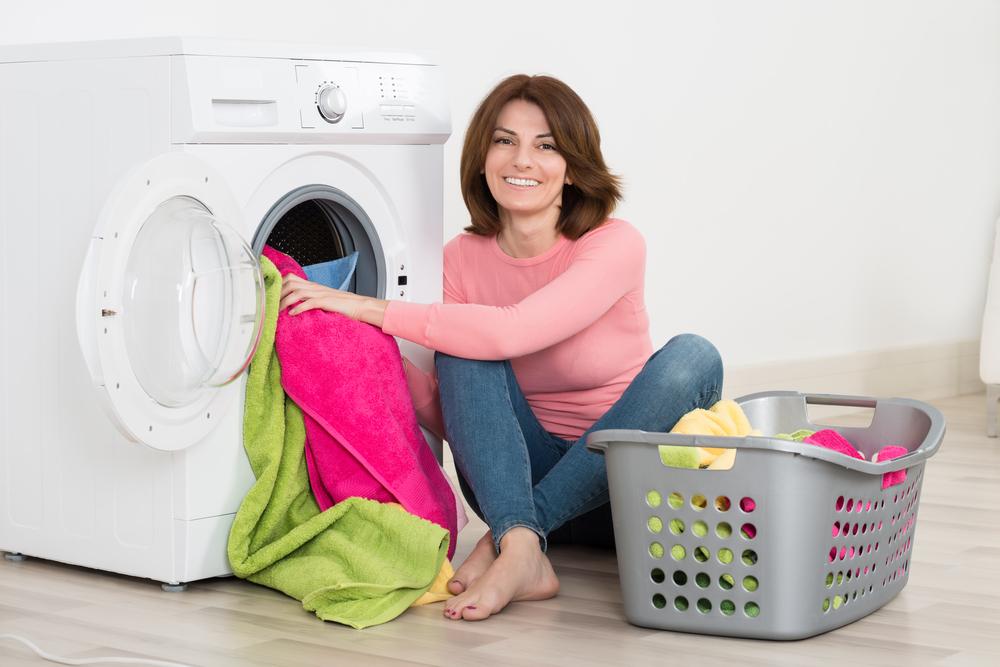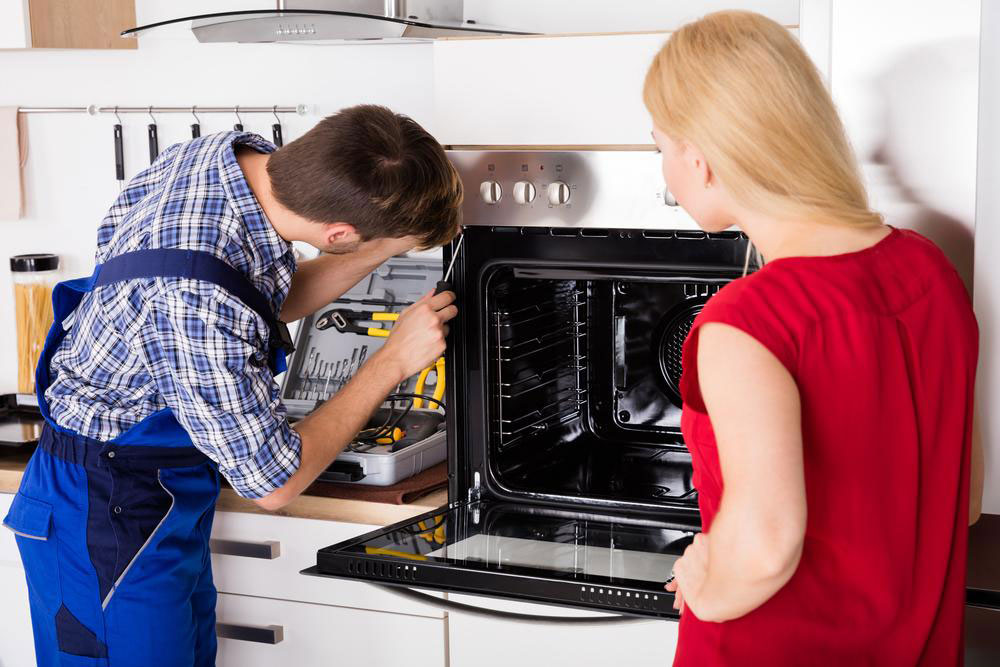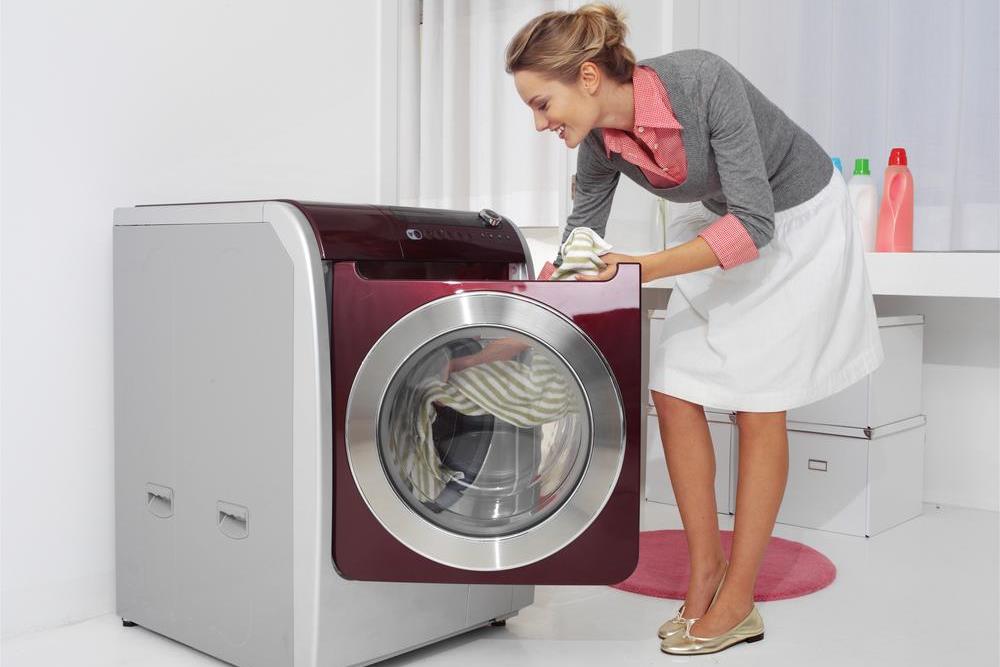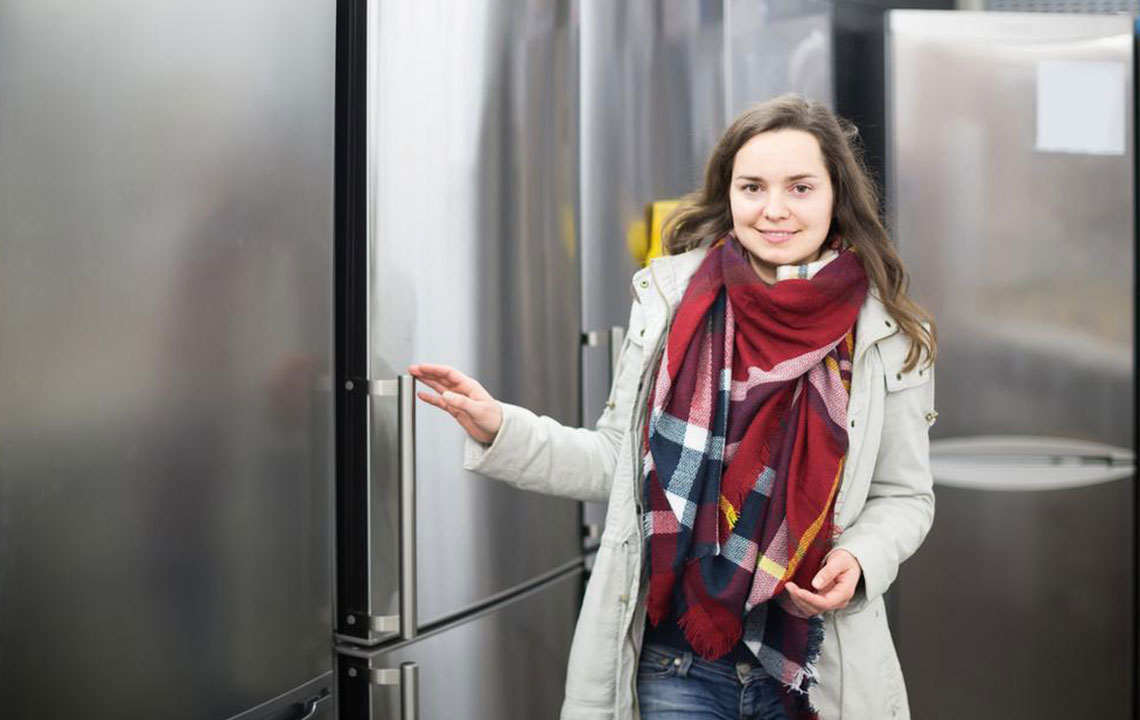Benefits and Drawbacks of Vertical Stackable Laundry Machines
Discover the key advantages and disadvantages of vertical stackable washers and dryers. These space-saving appliances offer efficiency and convenience, making laundry easier in small homes or apartments. Learn what to consider before choosing the right unit for your needs.

Benefits and Drawbacks of Vertical Stackable Laundry Machines
In today’s fast-paced world, household chores often take a backseat, and leisure activities or reading may be overlooked. Fortunately, modern appliances like stackable washers and dryers help streamline laundry routines. These units are ideal for maximizing limited space, but choosing between these, side-by-side models, or all-in-one combo appliances requires understanding their advantages and disadvantages.
Evaluating features, capacity, and efficiency is key to selecting the right washer and dryer setup that simplifies your chores and fits your home. Here are the key benefits of vertical stackable laundry units:
Stackable washers and dryers are excellent space savers, as their vertical design frees up floor space, making your laundry room appear larger or allowing for additional storage. Additionally, both machines can operate simultaneously, reducing overall laundry time.
One major advantage is their compact footprint, which is perfect for smaller homes or apartments with limited space.
Efficiency is another benefit; simultaneous operation leads to quicker laundry completion, saving you precious time.
However, there are some drawbacks to consider:
Vertical units often lack overhead storage options, as placing cabinets above may be impractical due to height constraints.
Since most are front-loading, adding clothes mid-cycle can be tricky, often requiring cycle interruption or waiting until completion, which can increase water and energy consumption.
These units are generally electric, and some dryers may require gas vents, which can pose installation challenges in condos or apartments without external venting options.
Top placement of the dryer can be inconvenient for shorter users, potentially necessitating a step stool for loading and unloading.
When shopping, compare prices across stores and online, and prioritize models with energy-efficient features. This not only reduces utility bills but also supports eco-friendly practices.










